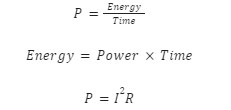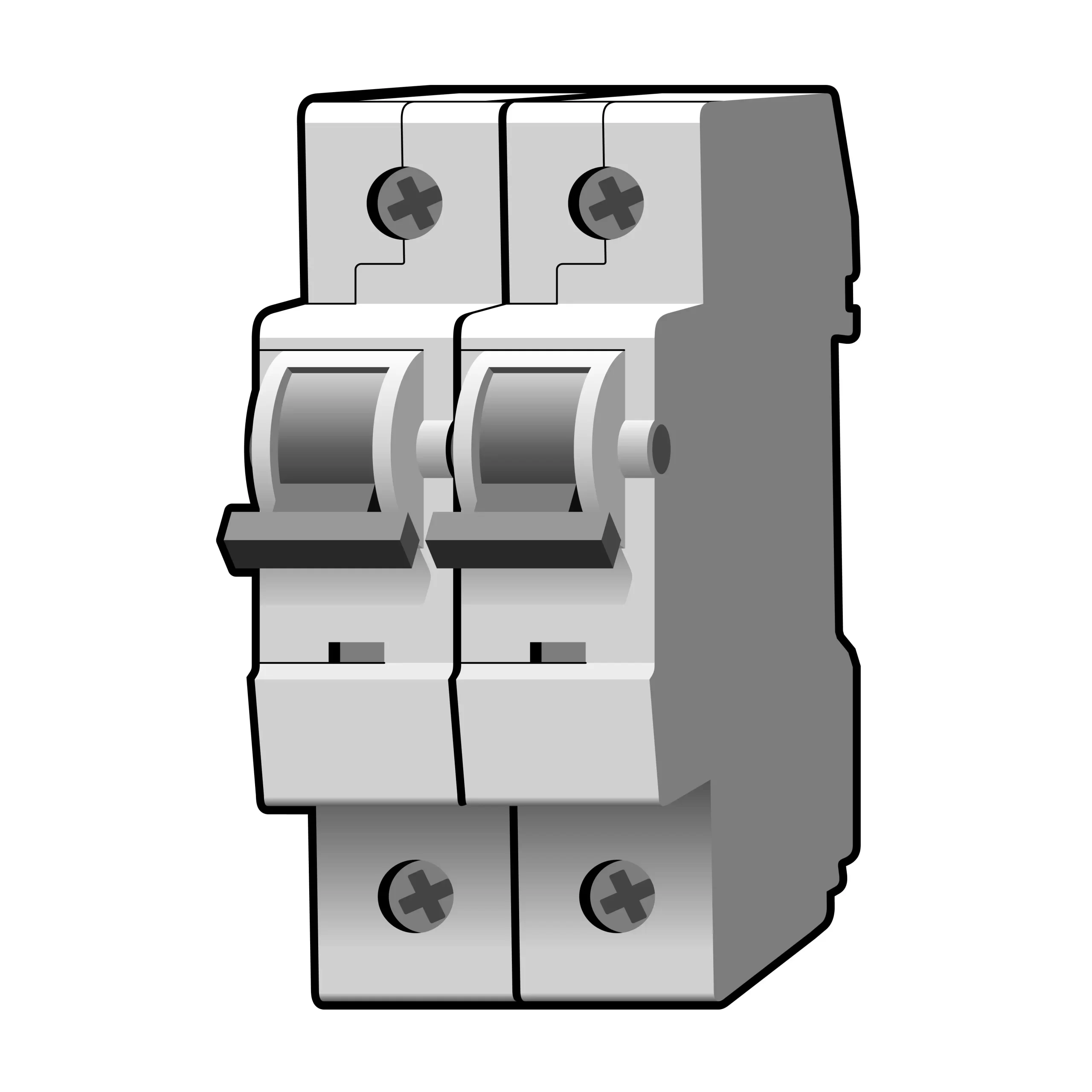Introduction
In physics, we measure energy and work in units of Joule, one unit of which is equal to applying 1 Newton of force over a distance of 1 meter. In various objects, applying force or stress leads to the object heating up and the amount of heat produced is equal to the work done. On the other hand, in electrical circuits, it is the flow of current that leads to the generation of heat. The amount of heat generated in electrical circuits is directly proportional to the square of the current passing through them, the resistance of the circuit, and the time for which the current is made to flow. This relation is known as Joule’s law of heating. This article focuses on this law and discusses its concepts and applications.
What is Joule?
Joule is a unit of measurement for both energy and work. It is defined as the work done by applying a force of one newton over a distance of one meter. When this occurs, one joule of energy is produced. Joule is equivalent to Newton meters. It is important to note that every time mechanical force is applied, an exact equivalent of heat is generated.
![]()
Joule’s law of heating
Joule’s law relates the heat generated in an electrical circuit to current, resistance, and time. It states that the heat generated in an electrical component varies directly with the square of the current, the resistance of the circuit, and the duration for which current flows in the equation. Mathematically,

James Joule discovered the equation for power dissipated by a resistor through empirical observation of power, current, and resistance measurements. He found that the power dissipated by a resistor is proportional to the square of the current passing through it. This process is known as Joule heating, where electrical energy is converted into heat by a resistance element. This theory applies to any electrical device designed to generate heat, such as electric heaters and toasters. Joule’s law and Ohm’s law were both discovered empirically by examining real-world data.
The dissipation of power in an electrical circuit simply means that due to the current flow, some power is lost in the form of heat. According to the law of conservation of energy, energy cannot vanish into nothingness. Instead, it is lost to the surroundings. This concept is also used in toasters and heaters. They contain heating elements which have a high wattage and thus, generate enormous amounts of heat. That heat is then radiated to the environment, heating up the room.
We can derive Joule’s law as follows:

Using this formula, we have:

Joule heating power equation for AC and DC
The equation we have derived for calculating the heat generated in an electrical circuit is equally valid across AC and DC components. Thus, regardless of the nature of current, the heat generated is given by:
![]()
However, while dealing with AC components, the value of current becomes dependent on time.
Application of joule’s law of heating
- Electric fuse
An electric fuse is a small piece of wire that is generally manufactured from a tin alloy and has a specific melting point. It is connected to electrical appliances in series and protects them from damage due to high current.

Electric fuse
When the current passing through the circuit crosses a threshold, the heat generated in the circuit increases the temperature of the fuse wire, which melts and thus, the connection is broken. Thus, the appliance remains safe. There are other applications of Joule’s law as well, which include:
- Electric heater
- Electric iron
- Electric geyser
Summary
Energy and work are measured in units of Joule. 1 J of work is done when an object is made to move a distance of 1 m by applying a force of 1 N. Joule is equivalent to Newton meters.
In electrical circuits, the flow of current leads to the generation of heat, which is related directly to the square of the current, the resistance, and time. This is known as Joule’s law of heating and in this article, we discussed this concept in detail.
Frequently Asked Questions
1. What are the variables that affect heat in a circuit?
As per Joule’s law, heat in a circuit depends on current, resistance, and time.
2. Which device doesn’t follow Joule’s law?
All electric circuits follow Joule’s law. However, in a number of situations, heat generation is an undesired side effect which must be minimized. On the other hand, devices like geysers and irons actually need heat generation.
3. Is the effect of joules heating reversible?
The heat energy dissipated in circuits can not be brought back by reversing the direction of current. That energy is lost to the environment.
4. Do ideal conductors also suffer from heating?
In theory, no. An ideal conductor is one whose resistance is zero and thus, the heat generated in an ideal conductor would be zero.
5. Does voltage change affect heat?
Yes. Changing the voltage applied to a circuit changes the current flowing across it and thus, the amount of heat generated changes.